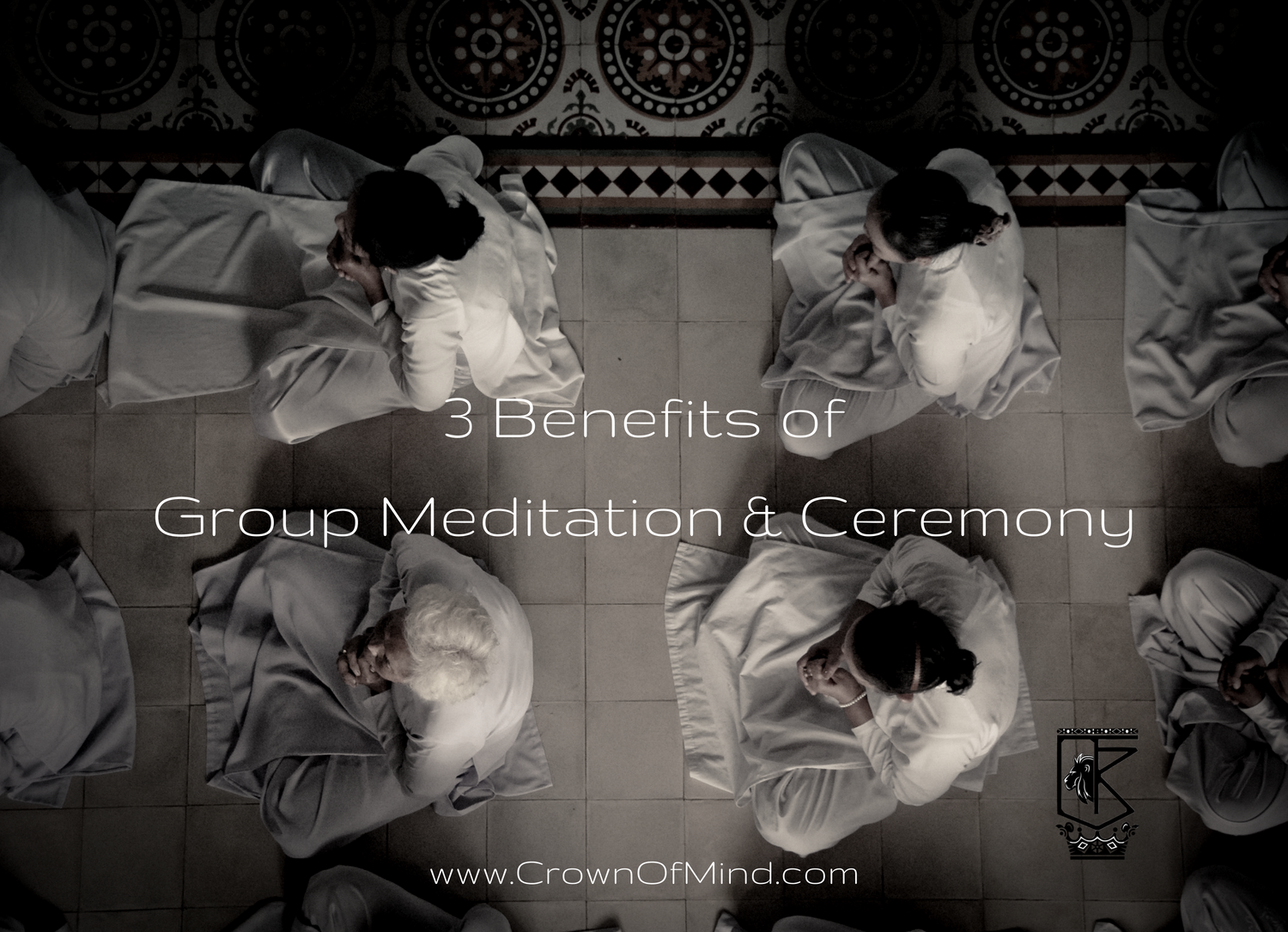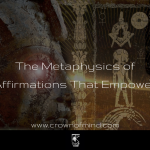While we maintain integral solitary meditation practices, I find it additionally valuable to engage in group meditative activity, whether that’s actual meditation practice or ceremony. The development levels vary within groups; backgrounds, experiences and skill sets also differ among participants. When ceremonial facilitation is performed with excellence, these distinctions dissolve, as the group is guided towards unified-yet-individual intention-setting.
As a participant in ceremony, we are challenged to simultaneously engage our personal journeys while being receptive to others’ paths; this asks us to be both merged within the unit and be independent, flowing between the collective and our own energy. My experience may differ from the individual next to me, but my recognition of that person’s journey adds to my own, sparking insight from experiences I’ve not had, weaving in their understandings and re-engineering the principles discovered within my own cosmology.
For example, I never lost a child because I have no children, but I have lost dogs, fish and birds who lived in the home, I lost relatives, so I can empathize with the experience of loss as the person next to me shares his/her story of a loss. They are not exact, but it is enough for me to reflect and in that reflection we develop energetic synergy in a space already primed for intention-setting.
Of the many values of being in ceremony, I find 3 to stand out.
3 Benefits of the Group
1. Amplified Intention. The reason why committees, task forces, project teams and organizations form is to amplify the intentions and skills of everyone in the group, towards a common focus. Ceremony possesses this element and exceeds this by deliberately tapping into the metaphysical (spiritual) to strengthen collective and individual intention. Intent is a thought and thing, so the “things” being intended grow in intensity, thereby making their manifestation into reality a faster process. Each person having an intention (a thing) to share adds to the large pot of intentions (things), so everyone’s personal intent strengthens while the overall intention also powers up. The work performed at the subconscious level for all participants enable these intentions to be programmed into the spirit, so each individual leaves ceremony with all of the intentions offered. This occurs whether or not give attention to it.
2. Modeling. Modeling is simply being exposed to inspiring examples. In ceremony you may not know everyone but the energy experienced by the people sets an unspoken standard. If your discipline is weak and you experience a group meditation or ceremony with others whose discipline is stronger, the modeling can act as a personal challenge to elevate oneself, to raise to a higher self-standard.
3. Support Structure. Even without traditional networking, there need not be any verbal communication and still have this support mechanism in place. In ceremony it is understood that the space is upheld by all participants, therefore every person has a responsibility to maintain the space’s integrity. This alone is a support structure, and if there is direct connection that is supplemental.







[…] feminine path includes meditation, ecstatic states, receptivity, waiting for the right moment, being in flow, moving like water, […]